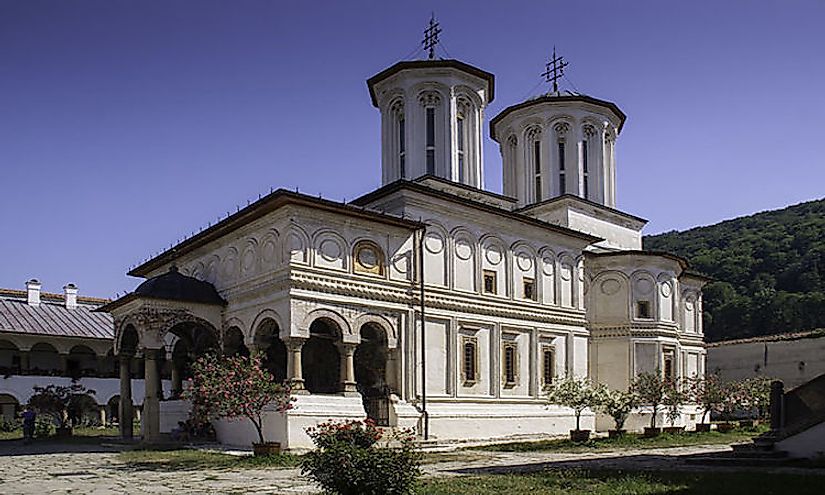UNESCO World Heritage Sites In Romania

Romania is one of the countries with exceptional natural beauty and cultural heritage which makes it a preferred tourist destination in Europe. 25 of the country’s architectural gems have been listed by UNESCO in the World Cultural Heritage because of their natural and scenic appeal. The World Heritage Sites offer insight into the history, artistic wealth, and traditions of Romania. The southern Romania has spectacular monasteries and beautiful villages at the foot of Carpathian Mountains. The sites are spread across the country offering perfect destinations for people visiting any part of the country. Some of these UNESCO World Heritage Sites include;
World Heritage Sites In Romania
Churches Of Moldavia
The Churches of Moldavia were built between the 15th century and late 16th century. The churches have external walls covered in mural painting which is a masterpiece inspired by the Byzantine art. The paintings are well preserved and form a systematic covering on the faces of the wall and represent complete religious themes. The eight Churches of Moldavia are located in the Suceava County and were listed UNESCO World Heritage Sites in 1993. These churches include; Beheading of St John the Baptist Church ( Arbore), Dormition of the Mother of God (Humor), Annunciation Church (Moldovita), Sacred Cross Church (Patrauti), St Nicholas Church (Probota), St George Church (Suceava), St George Church (Voronet), and the Resurrection Church (Sucevita).
Dacian Fortresses Of The Orastie Mountains
The Dacian Fortresses were built in the 1st century BC as protection against the Roman conquest. The fortresses show a unique infusion of both religious and military architectural designs and classical concept influenced by the European Iron Age. The Dacian Fortresses included Banita, Costesti-Blidaru, Capalna, Sarmizegetusa, Luncani-PietraRosie, and Costesti-Cetatuie. They were built as a protective ring for the Dacian Kingdom and still stand in natural surroundings of the Oristie Mountains covering an area of 95,000 acres. The area was listed as UNESCO Biosphere Reservation and a World Heritage Site in 1999. The Dacian Fortresses of the Orastie Mountains is opened for the public daily between March 1 and November 30 every year.
Danube Delta
Danube Delta is the best preserved and the second largest river delta in Europe. The Delta lies in Romania (3,446 km2) while a smaller portion (1,015 km2) is in Ukraine. It branches into three main distributaries; Chilia, Sulina, and Sfantul Gheorghe. Danube Delta flows for approximately 1,780 miles from Black Forest in Germany to the Black Sea through Romania. The Delta is a perfect breeding ground for over 300 species of birds including white tailed eagles and 45 freshwater fish species. The delta also has the third largest biodiversity in the world after Greater Barrier Reef and Galapagos Archipelago. The Danube Delta is perfect for bird watching and fishing as well as a research site for biologists.
Tentative List
Romania has a tentative list of sites that may be considered for nominations into the UNESCO World Heritage Sites. The country has recorded 13 sites on its tentative lists including Byzantine and Pos-Byzantine Churches, Slatioara Secular Forest, Densu Church, Historic Town of Alba Iulia, and Neamt Monastery among other sites. The UNESCO World Heritage Sites and the tentative sites are under the management of the Department of Tourism and the government of Romania.
UNESCO World Heritage Sites In Romania
| UNESCO World Heritage Sites in Romania | Year of Inscription; Type |
| Churches of Moldavia | 1993; Cultural |
| Dacian Fortresses of the Orastie Mountains | 1999; Cultural |
| Danube Delta | 1991; Natural |
| Historic Center of Sighisoara | 1999; Cultural |
| Monastery of Horezu | 1993; Cultural |
| Villages with Fortified Churches in Transylvania | 1993; Cultural |
| Wooden Churches of Maramures | 1999; Cultural |







